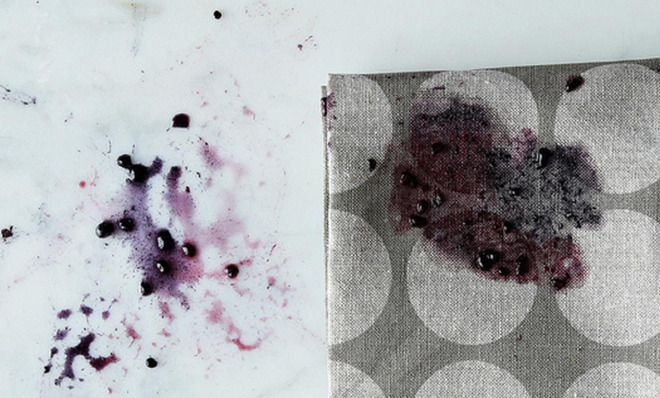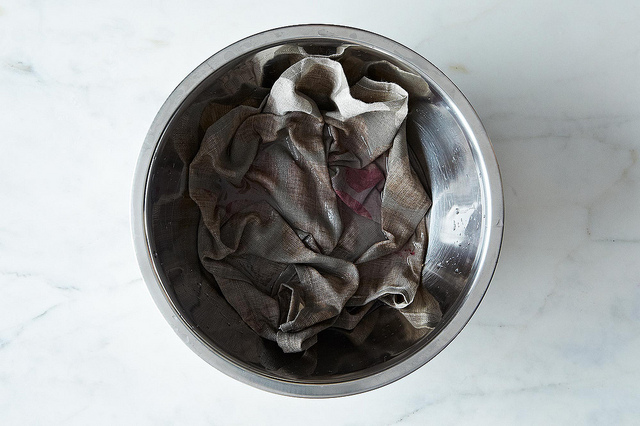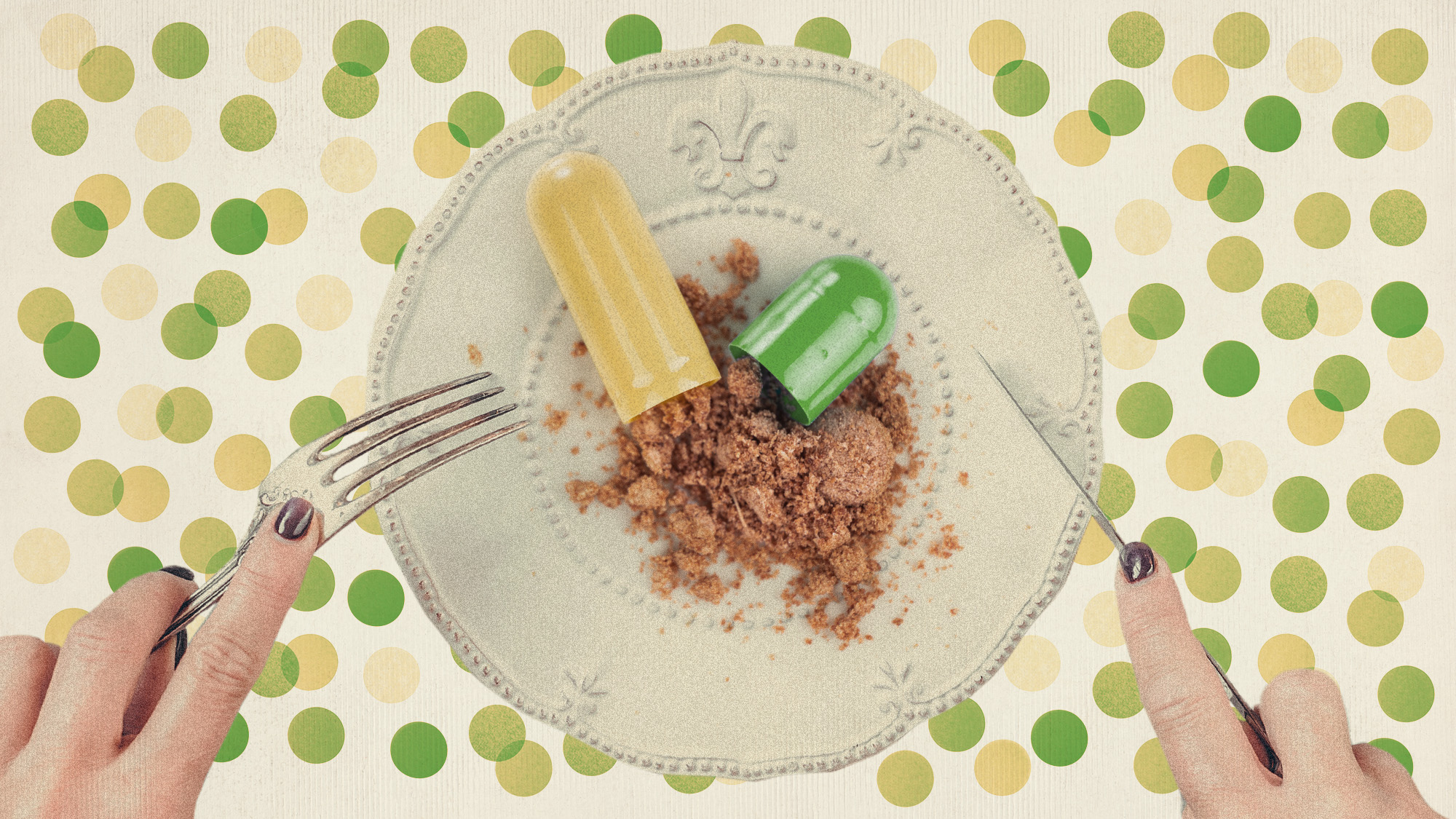A foolproof guide to removing food stains
You are going to spill. Be prepared to clean up.


When you love to cook, it's inevitable: things are going to get stained. What you can control, however, is how you handle them — and whether they stick around.
First things first: Identify the stain being treated. Stains can be divided into three main categories: tannin stains, grease/oil stains, and protein/blood stains. Once you've identified the type of stain being treated, use the appropriate technique recommended per fabric/material. We've rounded up our stain-fighting strategies below.
Tannin stains: Most colored stains are tannin stains, including wine, fruit (juices), tomato sauce, chocolate, coffee, and tea.
The Week
Escape your echo chamber. Get the facts behind the news, plus analysis from multiple perspectives.

Sign up for The Week's Free Newsletters
From our morning news briefing to a weekly Good News Newsletter, get the best of The Week delivered directly to your inbox.
From our morning news briefing to a weekly Good News Newsletter, get the best of The Week delivered directly to your inbox.
For cotton, linen, and durable synthetics:
- Apply stain remover directly to the blemished area(s).
- Pour hot water from a height, or use the pressure from hot taps on the treated area. Allow the item to soak.
- If the stain is not completely gone, repeat process until satisfied.
- Launder as normal.
For silk, wool, and delicate synthetics:
- Apply stain remover directly to the blemished area(s).
- Fill a basin or sink with tepid water and add appropriate detergent/wash. Gently agitate so items will be evenly soaped and wet.
- Soak for up to 30 minutes — do not soak silk for longer.
- Rinse well. Run tepid water through items until rinse water is no longer soapy. Press excess water out of the item.
Old, stubborn, and set-in stains (and previously dry-cleaned items)
For cotton, linen, and durable synthetics:
A free daily email with the biggest news stories of the day – and the best features from TheWeek.com
- Use an oxygen bleaching agent to safely remove dirt, stains, and odors. This is most effective when used with hot/warm water. It's safe for all colors, and is an excellent alternative to chlorine bleach.
For silk, wool, and delicate synthetics:
- Apply stain remover directly to the blemished area(s).
- Fill a basin or sink with tepid water and add appropriate detergent/wash. Gently agitate so items will be evenly soaped and wet.
- Soak for up to 30 minutes — do not soak silk for longer.
- Rinse well. Run tepid water through items until rinse water is no longer soapy. Press excess water out of the item.
- Do not use oxygen bleach when treating silk and wool.

Oil stains: Oil or grease-based stains include cooking oils and salad dressing.
For cotton, linen, and durable synthetics:
- Apply stain remover directly to the blemished area(s).
- Pour hot water from a height, or use the pressure from hot taps on the treated area. Allow the item to soak.
- If the stain is not completely gone, repeat process until satisfied.
- Launder as normal.
For silk, wool, and delicate synthetics:
- Apply stain remover directly to the blemished area(s).
- Fill a basin or sink with tepid water and add appropriate detergent/wash. Gently agitate so items will be evenly soaped and wet.
- Soak for up to 30 minutes — do not soak silk for longer.
- Rinse well. Run tepid water through items until rinse water is no longer soapy. Press excess water out of the item.
Blood stains
- Apply stain remover directly to the blemished area(s).
- Pour cold water from a height, or use the pressure from cold taps on the treated area, allow the item to soak.
- If the stain is not completely gone, repeat process until satisfied.
- Launder as normal.
- Please note: Always use cold water when treating blood stains. Hot or warm water will cause the stain to set.
This article originally appeared on Food52.com: How to remove food stains.
More from Food52...
-
 The truth about vitamin supplements
The truth about vitamin supplementsThe Explainer UK industry worth £559 million but scientific evidence of health benefits is ‘complicated’
-
 Is convenience culture killing community?
Is convenience culture killing community?In The Spotlight A decline in emotional intelligence could be responsible for a diminished sense of belonging
-
 The week’s best photos
The week’s best photosIn Pictures A new year dawns, a volcano yawns, and more